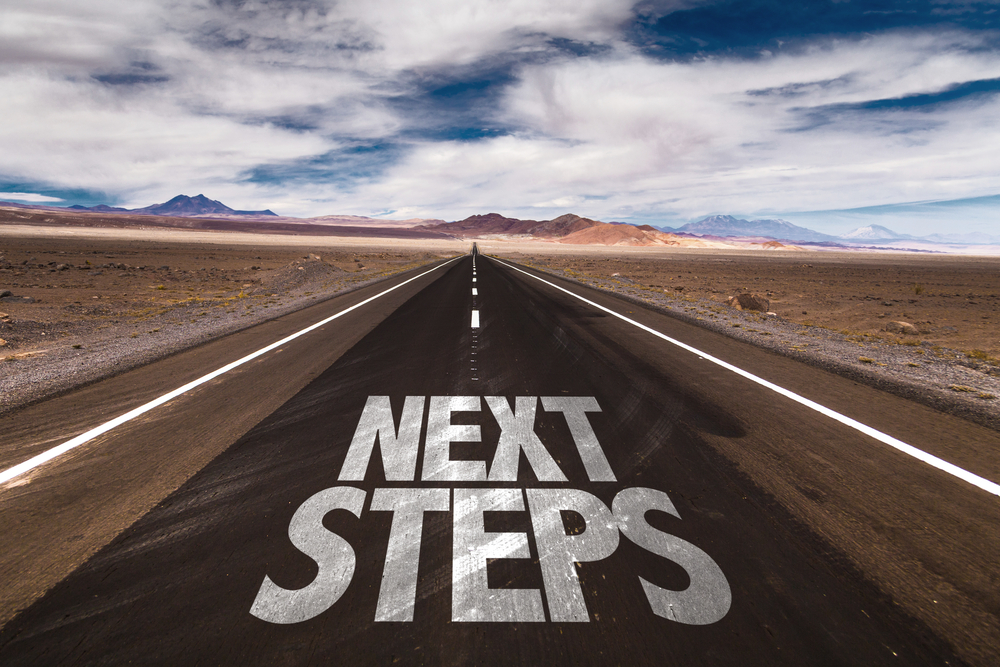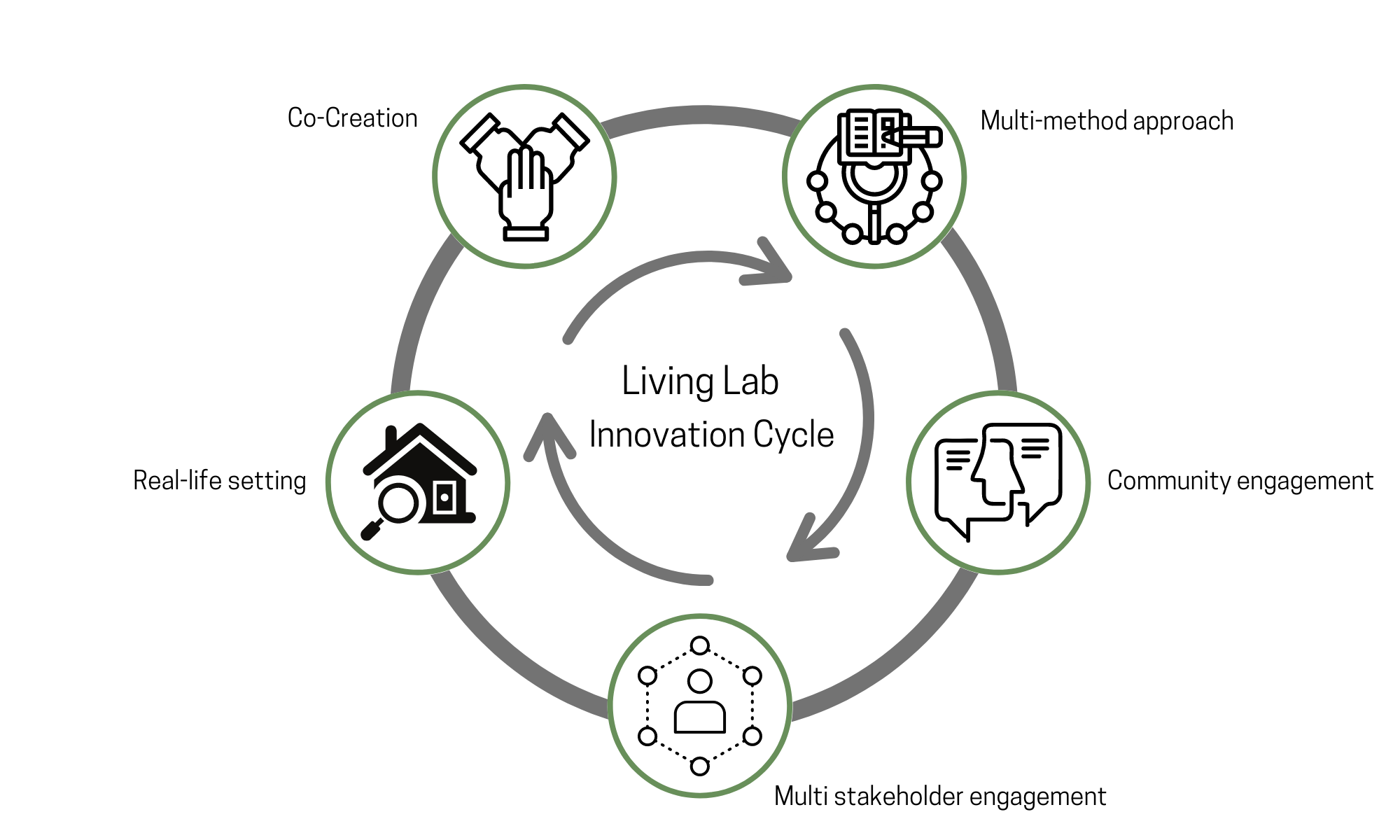 Today is International Women's Day when the attention of one half of the world's population is brought to the entire world, suggesting that maybe this day is best honoured the other 364 days as well. Time to consider how this might look.
Today is International Women's Day when the attention of one half of the world's population is brought to the entire world, suggesting that maybe this day is best honoured the other 364 days as well. Time to consider how this might look.
People worldwide will be celebrating and honouring women as part of International Women's Day (#IWD2107) and it's hard to conceive of any issue that is more worthy of such recognition. The theme for this year's day is Be Bold for Change (#BeBoldForChange) with a variety of resources and promotional campaignsset up to raise awareness of women's issues worldwide; support women and men in advocating for positive, healthy change around sex and gender-based discrimination; and creating a climate of positive human development for everyone, worldwide.
This is ceratinly something that will resonate with the Tamarack community.
Depending on your perspective, this celebration of women worldwide on International Women's Day is either something to be cherished or viewed with discouraged puzzlement -- and both reflect the enormity of the issues that women face.
Women make up more than half of the globe's population, are most often charged with raising children, represent the highest percentage of caregivers in most societies, and yet are systematically excluded (at worst) or badly included (at best) from many of the levers of power to enable them to sit on par with men on many issues that matter to women. A simple and depressing Google image search of Fortune 500 CEOs will find a white male wall of images that would almost suggest that a woman's presence is there by mistake. If this is the starting place, the end is surely worse.
The puzzlement comes not from celebrating women, rather from the fact that we still need a place to do it because it's not part of the fabric of everyday life for far too many, despite it being 2017 (two years past 2015 as Canadian Prime Minister Justin Trudeau remarked on his gender-balanced cabinet appointments). Just as Black Lives Matter is a necessary statement (and movement) because, for many, the lives of black people are treated as if they don't matter, we need to celebrate women because they are too often treated as if they are the furthest thing from celebration-worthy.
The problem is not elsewhere
A look through many of the various campaigns and promotional material looking at advancing gender equity will find a very visible presence of images and foci on the developing world. While it most certainly the case that women in these regions face considerable gender-based disadvantages the emphasis on the 'other' parts of the world can take our attention away from what is happening closer to home. In Canada, the wage gap between men and women has actually increased in recent years, with women earning 72% of what men do.
Not only do women earn less, but they make far less gains than men and this is made even more so if you belong to a racial minority. According to the Institute for Women's Policy Research in the United States based on the current rate of change, a white women will need to wait until 2059 to achieve pay equity. For Black women, this stretches to the absurd 2124 and for Hispanic women it's at the incomprehensible 2248. Yes. some women in the United States will need to wait for 230+ years to see their pay equal than of a man at the current rate of change.
And this is just on matters of pay. The issues women face are far deeper and beyond comment in one simple article such as this.
The point is that women are systematic disadvantaged everywhere and the solution space needs to take a systems perspective if there is any hope of making meaningful progress and making the rate of change something better than expecting something different in 10 generations from now. One of the best ways to ensure that women succeed is to engage the other half of the system: men.
Areas of action: the role of men
It has been heartening to see an outpouring of support for #IWD2017 from men, something that is notably different from past years. Too often celebrations of diversity, resistance, or change involve the group most disadvantaged, but not enough from those whose power is challenged, yet whose involvement is necessary for systemic change to happen. Men need to play a big role in the change. This is not a 'what about me' kind of statement from men, but a realistic assertion that systems change cannot take place without engagement of the different parts in the system and that means involving both sexes in the change process.
The matter of violence against women is one of the areas where men's involvement is critical and starting to attract greater engagement from men. One of the attractors used to draw men to this issue is through sport. Breakaway is a soccer (football) themed online game designed for boys (and girls) aged 8-15 to educate and illustrate issues of gender-based violence. Using sport and the things that boys are interested in (like video games, playing with friends) is a clever means of upending the usual approach of simply telling people about the harms associated with gender-based violence and hoping something changes.
In Canada, many of the Canadian Football League teams have programs aimed at their fans to raise awareness of and prevent violence against women. This is providing a more constructive counter to the horrible displays of gender-based violence from football players in the National Football League in the United States in recent years. Games like Breakaway and the integration of sport leaders into the conversation starts to change the dialogue around who commits violence, what the norms are around violence, and provide positive examples for young men to follow in living a life violence-free.
Changing the narrative: A systems perspective
The matter of women's rights, freedoms, and opportunities is not simply solved due to the conflation of social, economic, geographic, and historical factors that have shaped the institutions and norms that surround sex and gender-based discrimination. That knotting up of issues is the hallmark of a complex system and thus, if we are to make substantive progress for women (and humanity, at large) on these issues the matter is better served by taking a systems approach. A great place to start is recognizing the complexity of the matter.
Attractors are forces that draw in (or repel) energy -- attention, information, enthusiasm, focus, commitment, and more -- and finding those that will attract both men and women (whether together or apart) to women's issues is key. The use of sport and games as a means of attracting men is one example. Many men and boys engage in sport for creativity, recreation, social connection, and skill development and channeling those positive qualities toward inclusion of, respect for, and support of women and their rights is one way to scaffold from one issue to the next.
Engagement of thought leaders, opinion leaders and micro-influencers can also be a tool by shifting the norms, content and tenor of the discussion. These individuals are those that are on the pulse of trends, reflecting social aspirations, or simply provide direct means to cut through the clutter of the mediasphere to deliver a message. This is not just about celebrities, but those who are listened to. This amplifies a positive attractor within the system and draws more men (and women) into constructive conversations and actions.
An attractor-based approach to systems change also requires engagement of diversity within that system. This is another reason to consider the micro-influencer: someone who is a big deal in a small(ish) social space. These might be people on Instagram or within a community of practice or a local champion that has a committed, devoted following or engaged audience. These influencers speak to niche populations, issues, contexts and media forms that resonate with small segments of the population, deeply. That deeper engagement is what will propel people to make substantive changes in their behaviour, speak out, and further push change forward rather than a wide, thin engagement strategy. This last point speaks to the role of evaluation in all of this.
Evaluating the revolution
Social change is only thus because something happened that was different than was before. The only way to tell if the present is different than the past is to evaluate (compare) and potentially to attribute what happened to something that was done. But evaluation is more than social accounting, it's also about gathering and using information to make things better and more impactful as things unfold. We don't want to wait until 2059 to see if whatever efforts were put in place today will lead some women to pay equity. We might (and hopefully do) want to see things amplified so that this target date is brought closer to us.
The way to do this is to develop an evaluation strategy that clearly describes what is happening, what efforts are being developed and employed to support change, articulate a theory of change, and then create a series of strategic data collection measures (*that might not all be quantitative) that can be deployed at a system level and various smaller levels within the system to monitor and evaluate what kind of change we are producing. This allows us to ensure that whatever positive attractors we have are amplified and reinforced and those that are negative are disposed of or dampened. This can only be done if we have the feedback mechanisms in place and that is what evaluation delivers.
As we recognize the strengths and wonders that women bring to this world every day and the struggles they face, let's consider how we can build on this energy and create attractors that can last beyond a day, a month or season to being something that is part of the fabric of life every day. That would be truly something to celebrate.





